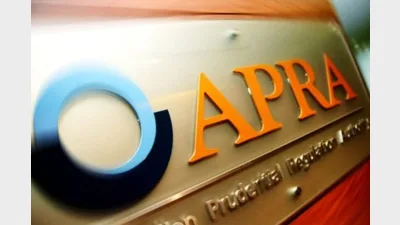(June-2002) The final legislative leg-up
Despite extensive and diverse industry and parliamentary discussion about the capacity of the Superannuation Guarantee (SG) to produce an adequate retirement for all employees, one thing is very clear. The next increase, to nine per cent of earnings legislated to begin on July 1, will be the last mandated increase for employers.
The Coalition Government has no interest in requiring any more from employers, and the Labor Party, currently reviewing all its policies, no longer plans to achieve 12 per cent simply by making employers pay more. This is a reasonable position, because in the days when Labor was aiming at 12 or 15 per cent, they were also considering employee contributions and government co-contributions.
It may well be that we will still see 12 or even 15 per cent of earnings over a working life as desirable public policy. I believe this has to be the case for the low paid. It would take 40 years of full time work at male average weekly earnings for a nine per cent contribution to produce a retirement income of about $20,000 a year. For the many workers who spend only half or less of that time in the paid work force, at lower rates of pay, nine per cent will not even replace the age pension (currently $10,000 per year).
What can be done to improve this situation? Either low paid and casual workers will need to make their own contributions or government will have to supplement their savings.
The Coalition Government has implemented its election commitment to a co-contribution, dollar for dollar up to $1,000 per year for the low paid. This is a constructive approach to the adequacy problem.
At this stage, however, it seems that only those low paid employees with high earning spouses will be able to put up the extra dollars to attract the Government’s contribution. Many truly low income earners will not be able to benefit.
Then there is the ongoing problem of casual workers whose employment is so fragmented that they get no SG paid on their behalf.
Perhaps moving to an SG requirement for every dollar earned is the only way to bring these people into the system.
One modest improvement to adequacy for women would be the requirement for employers to pay SG for employees on maternity leave.
The Australian Institute of Superannuation Trustees (AIST) has started a campaign for this modest measure and we are pleased to see that the NSW Government intends to move in this direction.
If the operation of the current system were streamlined, many people would end up with more adequate savings. We are calling for more and better information for the public, so that people can find their ‘lost’ super, claim their unclaimed monies, and amalgamate all their bits of super into one low fee fund.
Until we can find a fair and realistic way to move from nine to 12 per cent, these efficiencies must be pursued energetically.
AIST has been pleased with the positive response of the Government and government agencies, especially the Australian Taxation Office, to such suggestions. A lost members information and action week is being planned for later in the year, and it will be an important exercise in co-operation to make super work better for most people.
In the meantime, it should be noted that with many public sector and corporate funds, the employer already pays well in excess of nine per cent, often encouraging voluntary contributions with a dollar for dollar matching, and some industrial awards achieve more than nine per cent.
We will be watching closely to see the overall effect on adequacy of the Government’s budget measures.
— Susan Ryan is president of AIST.
Recommended for you
The corporate regulator has launched civil proceedings against Equity Trustees over its inclusion of the Shield Master Fund on super platforms it hosted, but other trustees could also be in the firing line.
The shadow minister for financial services says reworking the superannuation performance test to allow investment in house and clean energy risks turning super into a ‘slush fund’ for government.
Australia’s superannuation sector has expanded strongly over the June quarter, with assets, contributions, and benefit payments all recording notable increases.
The Super Members Council (SMC) has called on the government to urgently legislate payday super, warning that delays will further undermine the retirement savings of Australian women.











